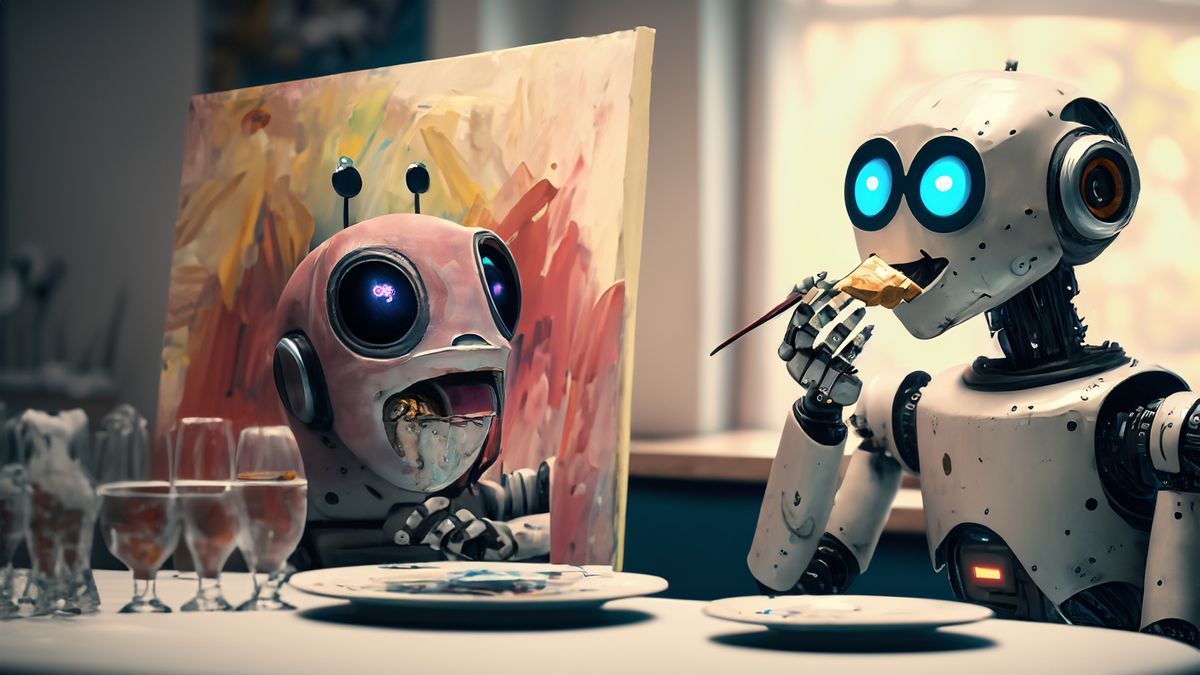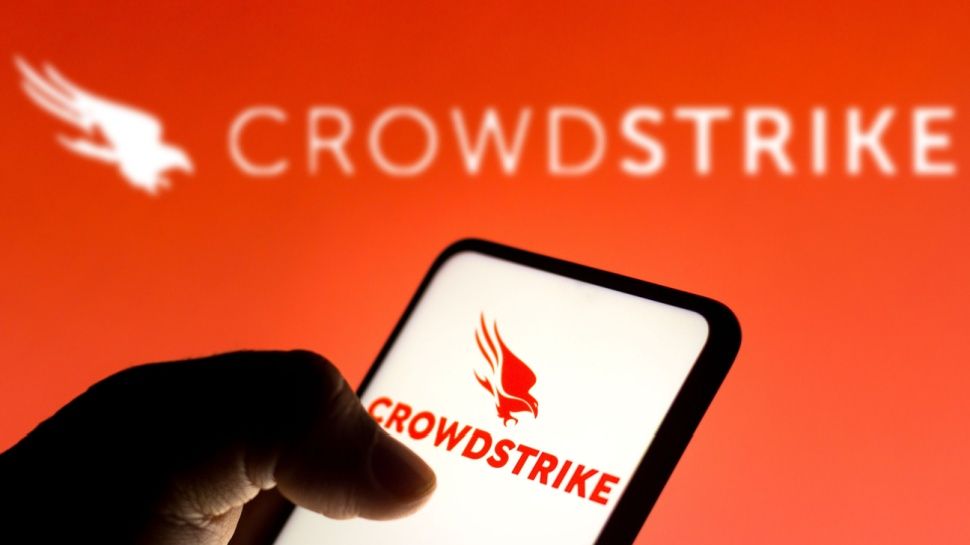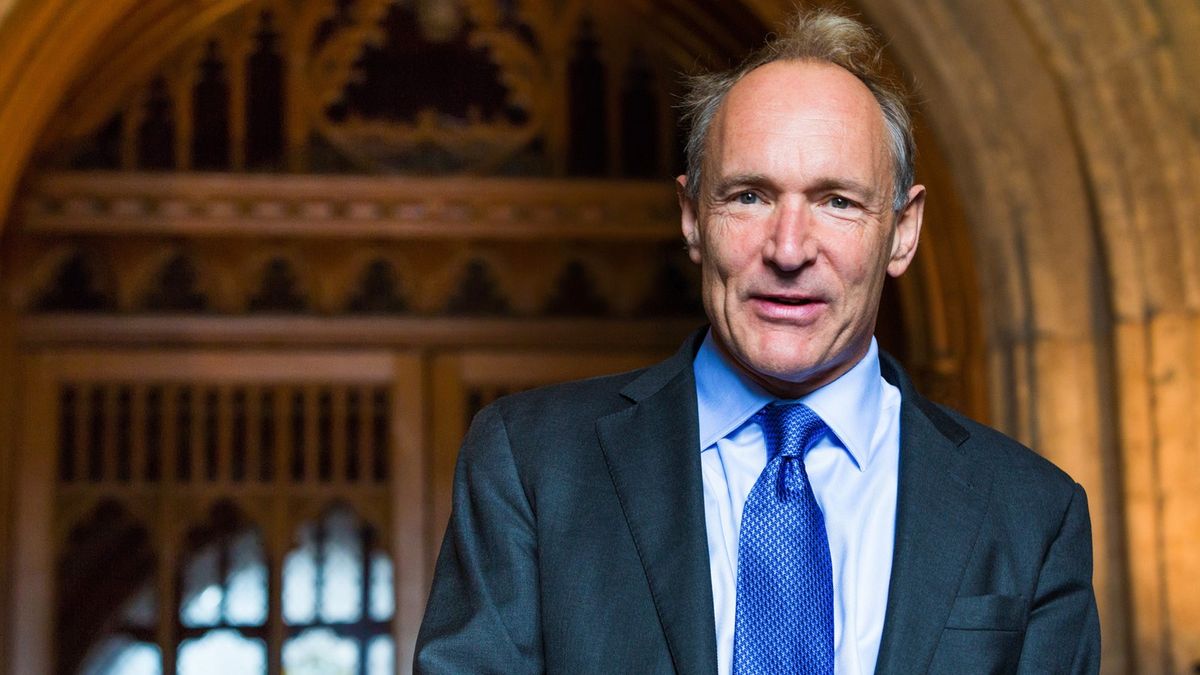Isn’t it funny that many of the best AI chatbots and content generators are now based on subscription models?
There's really nothing funny about it. Most of these systems were trained on content created by others, and most will continue to use internet searches for fresh content to generate their answers, all while charging us for those answers.
The good news is that major AI companies like OpenAI are slowly but surely negotiating deals with media companies, solving some of the content collection and training issues that exist between AI companies and media outlets. However, the AI landscape is still the Wild West, and the landscape is much more confusing for visual artists.
Every time a new system like Ideaogram comes along, it becomes clear that the company behind it has no problem reusing intellectual property and, as far as I can tell, they don't pay a cent to the owners of Superman, Mickey Mouse, and countless other popular characters.
Inevitably, some of what they produce looks, sounds or reads like their training material.
Don’t even get me started on YouTube creators. There are reports that Apple, Nvidia, and Anthopic trained their AI on thousands of their videos. Having been a YouTube creator for a short period, I know how much creators rely on video views (and the ad units that play on them) for their livelihood.
I’m not claiming that generative AI systems take pieces of art and information and regurgitate them intact as if they were their own. These systems use their training to inform their work, to know what word should come next and what paint stroke, line, or visual style might be most appealing and make sense in the context of the prompt. Inevitably, though, some of what they produce looks, sounds, or reads like their training material, and that final product would be nothing without everything the AI models learned.
The cost of AI
Developing quality generative AI and training the large language models that underpin it is expensive and time-consuming. According to a new report from the Washington Post, it took Amazon a year to train its massive Alexa AI upgrade. The costs of those efforts are likely being passed on to us.
Unlike most chatbots and image and video generators that have launched in recent years, Alexa AI can be launched with a subscription plan. It’s not clear whether existing Prime members will get it or at least some form of Alexa AI for free. I pay nearly $140 a year for Amazon Prime and still think it’s a good value. That said, I would expect to get Alexa AI as part of that subscription package. If I don’t, I won’t be paying another $10 a month to get access to this smarter assistant, and at least I’ll still have the Alexa I’ve known and used for over a decade.
AI had a brief free-for-all honeymoon, but that is rapidly changing and the future of AI access is clearly pay-to-play.
Even companies that don’t charge for AI access now will likely do so in the future. Samsung doesn’t charge for access to Galaxy AI, but when we asked company executives about the possibility of charging in the future, they would only say that it would remain free until the end of 2025.
There are also reports that Apple might charge for some parts of Apple Intelligence. It will only be rolling out small elements of its AI platform next month and into 2025, but considering the billions Apple makes each year in services, it stands to reason that Apple would want to add AI to its roster of services and reap even a small monthly harvest of fees for AI services.
A lesson well learned
In some ways, I applaud the AI industry for understanding something that, in the early years of the Internet, established print media didn't understand until it was almost too late: you can't just give away something that was the economic foundation of your business for decades.
When the internet first arrived, it was considered a completely open, ad-free place. Over time, ads appeared alongside the content of almost every media brand on the planet. No one charged a cent because ad views more than made up for the loss of subscription revenue. Until it wasn’t like that anymore. Display ads became white noise and media companies saw their profits plummet. Over time, brands started erecting paywalls and found other avenues for revenue, like e-commerce.
AI had a brief honeymoon where it was free for all, but that is rapidly changing and the future of AI access is clearly pay-to-play.
For all its weaknesses, the beauty of the early days of the Internet was its widespread availability. If you had a computer or could access one and were connected, you were on the Internet. Yes, at first there was a digital divide between those who had and those who didn’t, but because of the low barrier to entry it was inevitable that, eventually, most people would have access.
The path to AI access will be distinctly different. With the world’s largest tech companies heavily involved in developing their own AI, and many considering tiered access to higher-quality, more useful AI (longer videos, rich content writing, more powerful productivity tools), the AI landscape of the future may permanently be one of haves and have-nots.
However, unlike the internet, the foundation of AI is still information and content created by others, most of whom will be unpaid. I fear this imbalance will persist until all the model and AI creators figure out how to pay everyone for their help in building this AI revolution.








